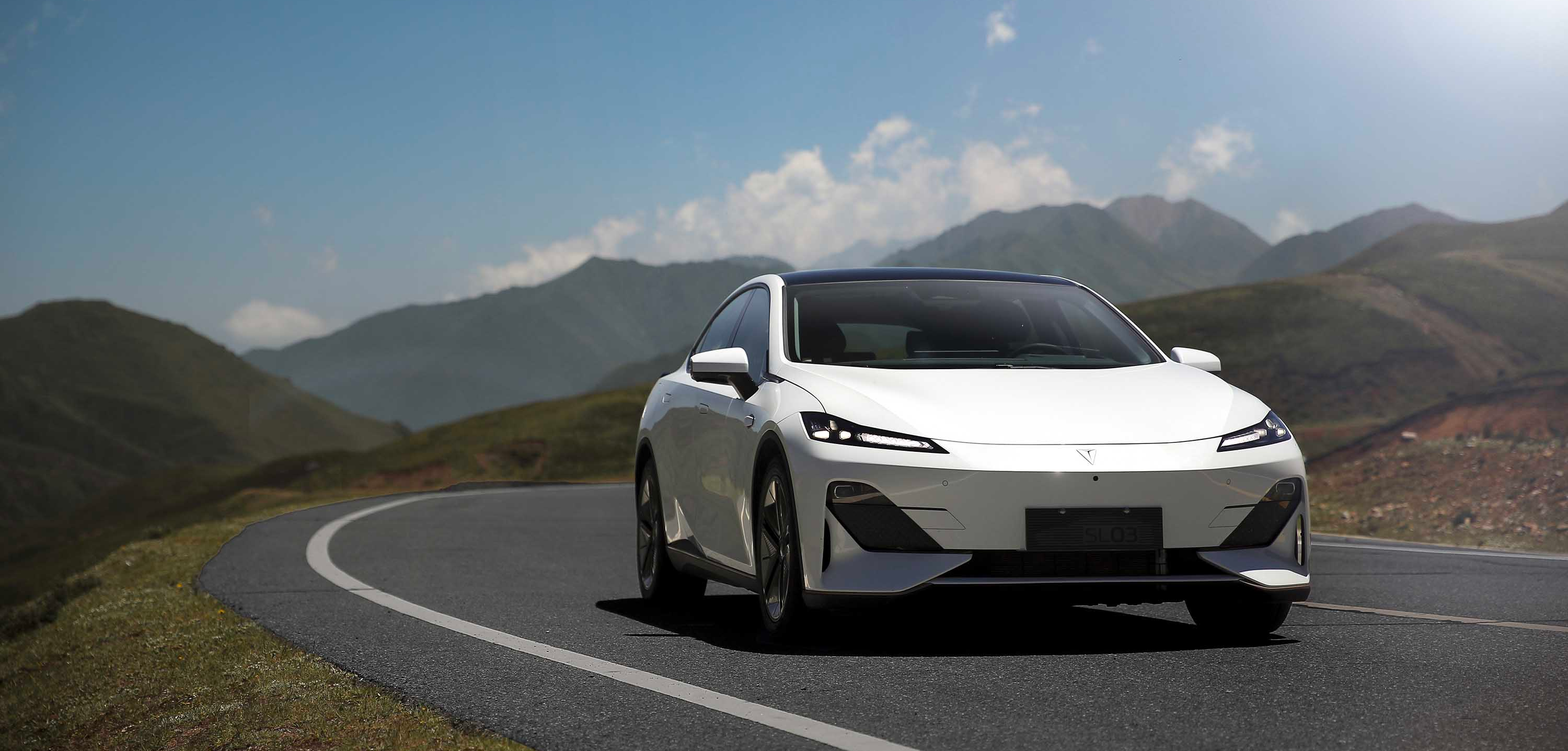At the launch event of the Changan Shenlan SL03, the official prices were announced: range-extender version at 168,900 RMB, 515 pure electric version at 183,900 RMB, and 705 pure electric version at 215,900 RMB.
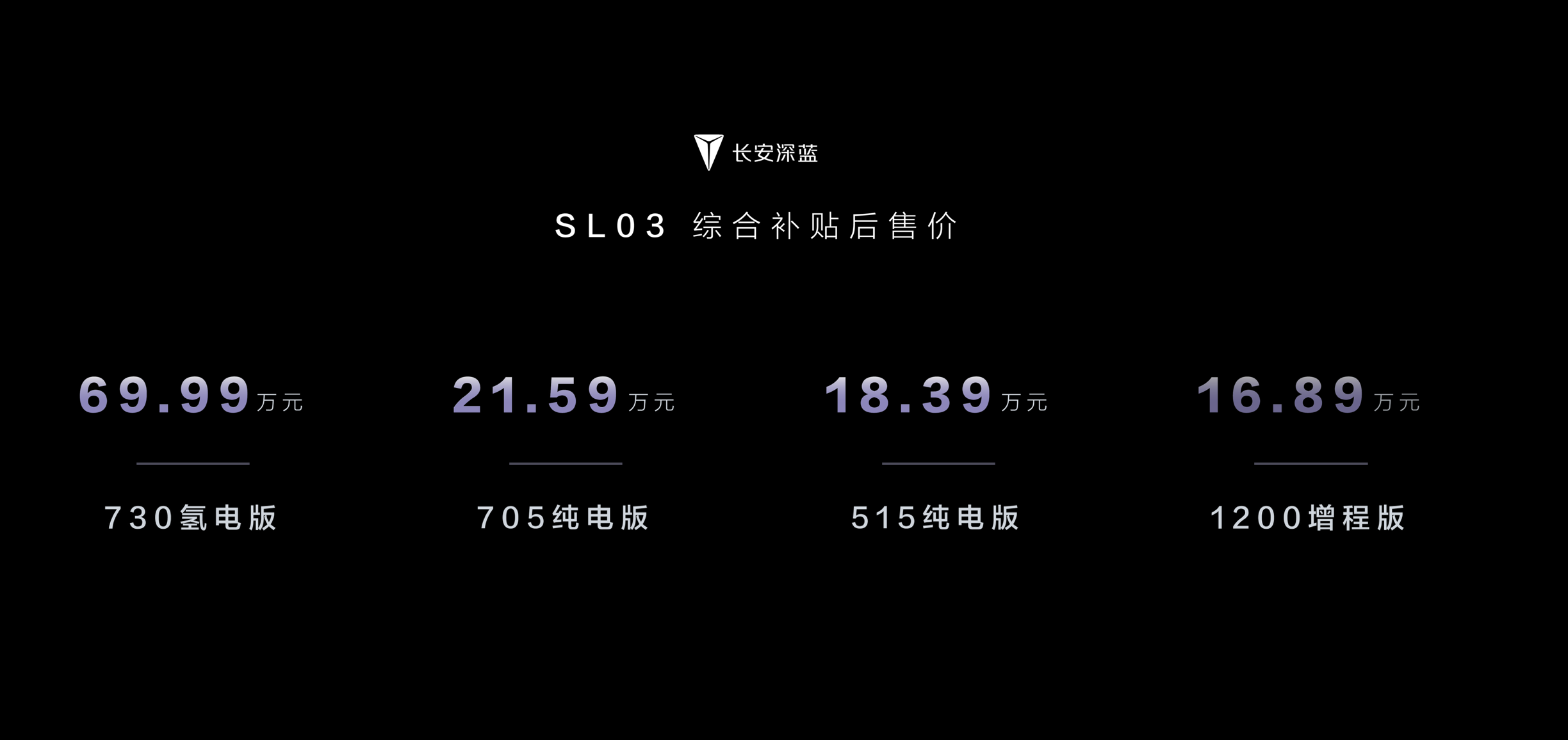
Some time ago, I had a deep test drive of the Shenlan SL03 range-extender and pure electric models, and the overall feeling of the product was good, and now with the price announcement, I am more confident in the market prospects of this car.
If I had to draw a conclusion upfront, I believe that the Shenlan SL03 is a model that has the opportunity to significantly improve brand awareness and achieve considerable sales volume, much like the BYD Han.
Differentiation in a crowded market
In the world of martial arts, only speed can match the skill. In the Chinese auto market, only one move can match “speed,” and that is “price war.”
Competition in the domestic 200,000 RMB range of new energy sedans is fierce, and Tesla is a key player.
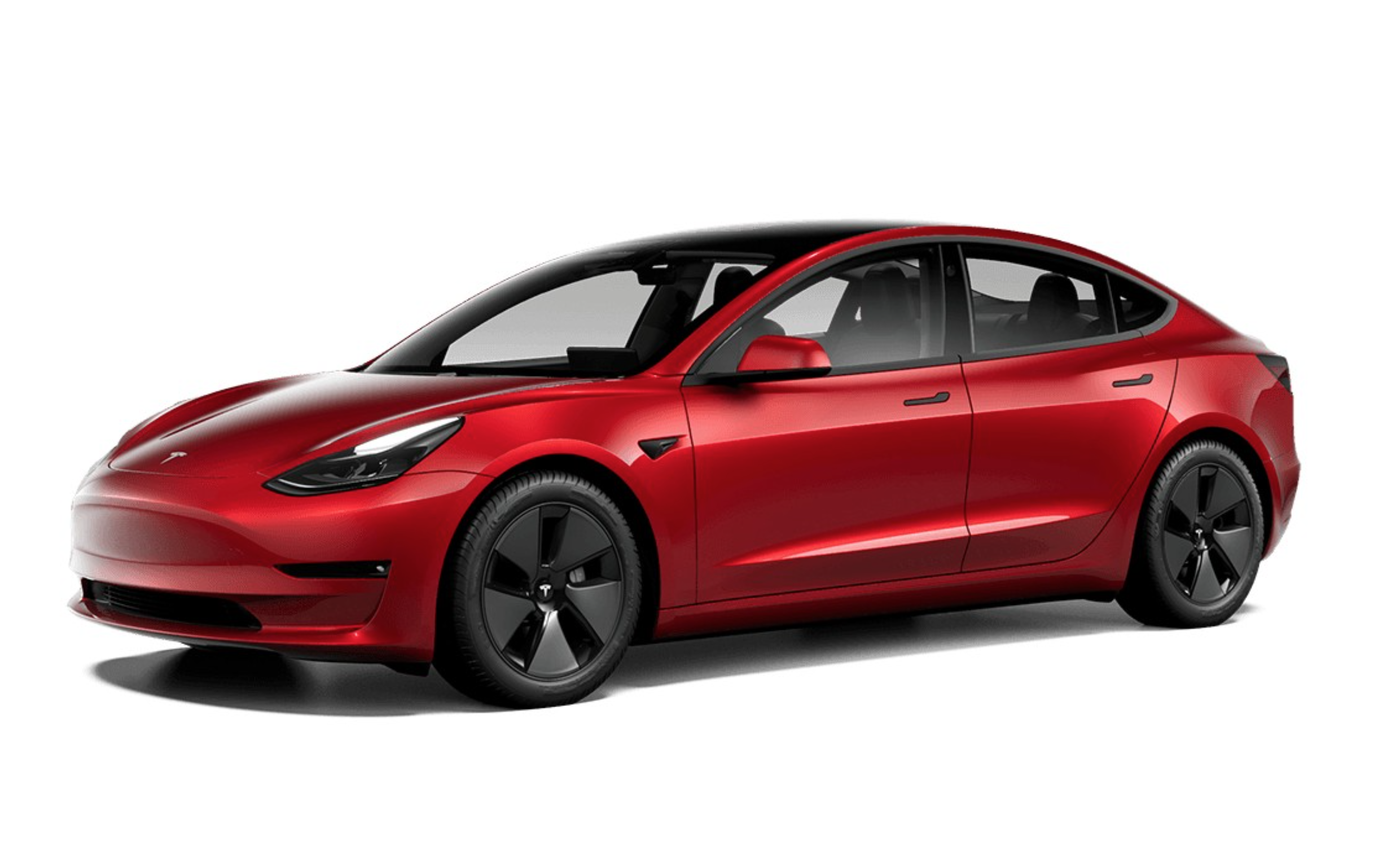
The Model 3, originally benchmarked against BBA medium sedans, has continuously increased localization rates since being produced domestically in 2020 to reduce manufacturing costs. At the same time, Tesla has directly reflected the effect of this process in the terminal price, with the price as low as 235,900 RMB for the standard range version of the Model 3.
The Tesla Model 3 itself has outstanding comprehensive product strength, and its brand awareness is self-evident. Combined with such a lethal price, the survival space left for competitors is very limited. So, later, whether it was the BYD Han or the XPeng P7, they both chose to compete with the Model 3 with larger vehicles and lower prices. After two years of market validation, these three cars have all achieved good results and formed their own product labels in the hearts of consumers, gradually occupying user awareness: if you want a sporty driving experience, buy the Model 3; if you want intelligence and technology, buy the P7; if you want practicality and safety, buy the Han.
This has further narrowed the path for those who come after.
In this environment, the SL03 of Changan was born, and they must consider two questions:
-
What differentiation positioning can still be done in the market?
-
Once the positioning is found, how to open up sales?
Looking back now, Changan’s thinking is actually quite risky, because they have placed driving pleasure in a high position in terms of product orientation. At the SL03 launch event, Deng Chenghao stated that the first goal set for the SL03 project was “rear-wheel drive.”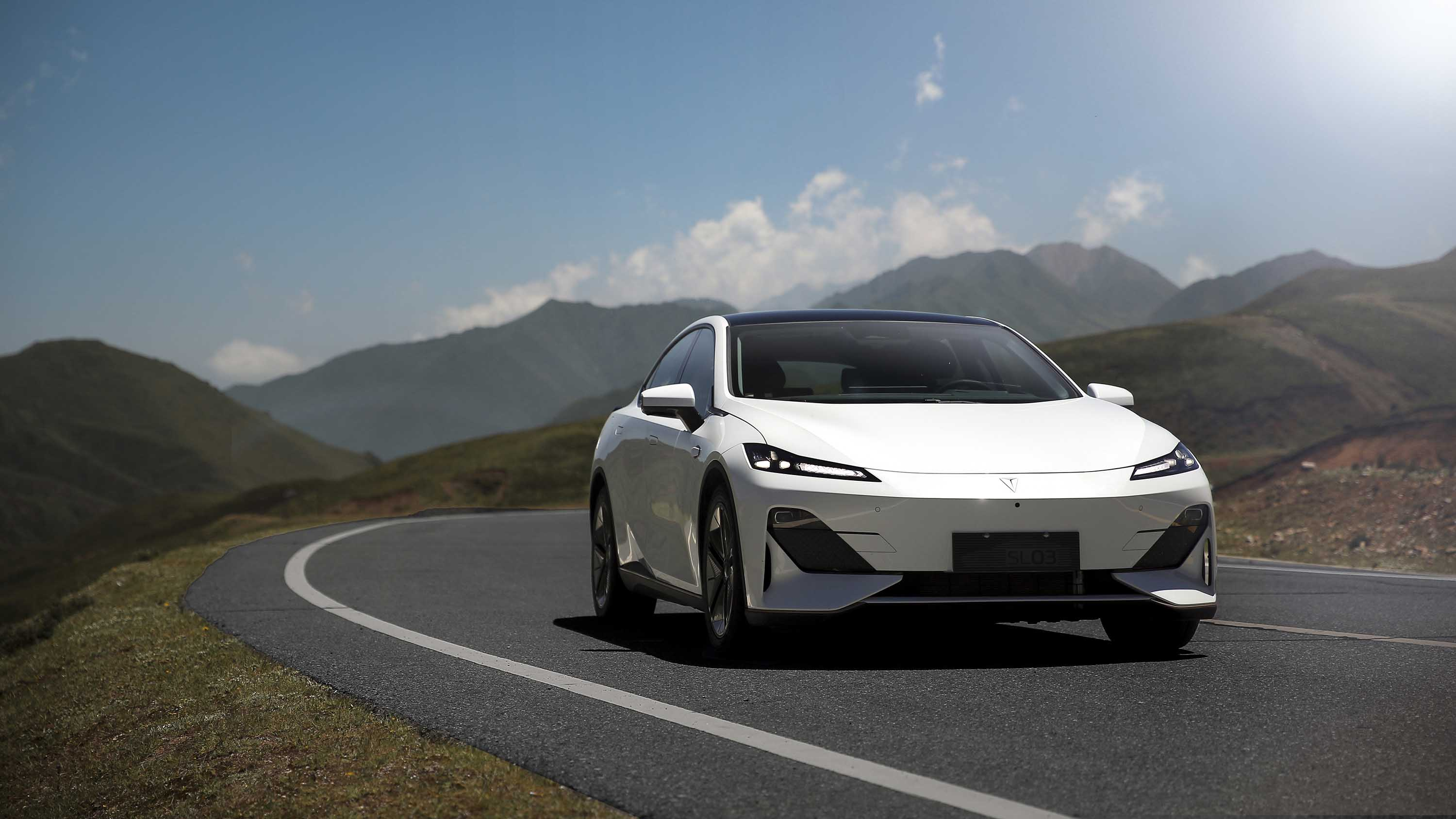
It’s not that emphasizing driving pleasure is wrong, but in the past market experience, except for brands like BMW and Porsche, there were few models that emphasized driving pleasure with outstanding sales except for BMW and Porsche. The cheaper the price, the easier it is to create driving pleasure that becomes a false proposition.
However, from the market demand perspective, rear-wheel drive sedans with driving pleasure are indeed a long-standing consumer favorite, and it is also a relatively missing part of independent brand automobile products. Changan’s logic of finding a blue ocean in this area is feasible.
At the same time, Deep Blue has also laid out another blue ocean market on this basis: Chang (pure electric) extended range sports sedan.
Before the Deep Blue SL03, if users wanted to buy an affordable plug-in hybrid model, there were almost no choices below the 200,000 price range except for BYD DM-i products. The product orientation of BYD’s Qin PLUS DM-i, Destroyer 05, Han DM-i, Song PRO DM-i, and Song PLUS DM-i and other models are still economy and household styles, and they occupy the market from joint venture counterparts with the same style.
Therefore, a rear-wheel drive, pure electric extended-range sedan with a range of more than 200 km is a new species for this market, and it can even be said to be the only choice in the same category.
As for the second issue, how to open up sales channels. Changan’s core idea is China’s universal formula for the automotive market-cost-effectiveness, or I can narrow down this range and say cost-effectiveness with localized consumption thinking.
Here I must first mention the typical counterexample ID.3. The top-equipped version of the ID.3 is considered by many to be a car with a very low cost-performance ratio, but what I want to say is that its cost-performance ratio is not low. Its real problem is demand mismatch.
As a two-box A-class car, the terminal price of the top-equipped version of the ID.3 is close to 180,000. Under the consumer perception formed in the Chinese market for a long time that “two-box cars equal low-end,” this is almost a suicidal pricing.
What’s even more deadly is that the configuration structure of the domestically-produced ID.3 is extremely “European thinking”, such as using high-priced fabric seats with special materials instead of real leather, manual adjustment for the front passenger seat, no electric tailgate, and no air-conditioning outlet for the rear seats.
Then where did the money go?
Next is a surprising place: a two-box A-class car actually uses steering-following matrix-style LED headlights, AR-HUD, 20-inch wheels, Ventus S1 evo 3 electric car-specific silent low rolling resistance tires from the same series as the Taycan, 1V5R assisted driving system, and electrically heated capacitive steering wheel. And this is still a 5-link suspension rear-wheel drive model.The configurations are not cheap, but they are not the core needs of this level of consumers. Consequently, the result presented to the consumers is that the money was not spent on necessities.
On the other hand, the configurations of the Changan Shenlan SL03 are exactly what domestic consumers want to see.
An interesting chart of configurations
This configuration is “idealistic” indeed
Before the price announcement, Changan Shenlan released the final version of the configuration table this morning. I looked through the SL03 configuration table very quickly. Except for the powertrain configuration, the comfort and functional configurations are almost identical among the three versions. The solid black dots representing “standard equipment” are arranged in three rows from top to bottom.
Among them, a representative feature is the interior configuration. All three versions of the Changan Shenlan SL03 have heated seats and ventilated seats as standard, which is rarely seen in independent brands for models with a price between RMB 200,000 and 300,000. Any concerns from potential buyers about the lack of ventilated seats for the extended range version have been dispelled.
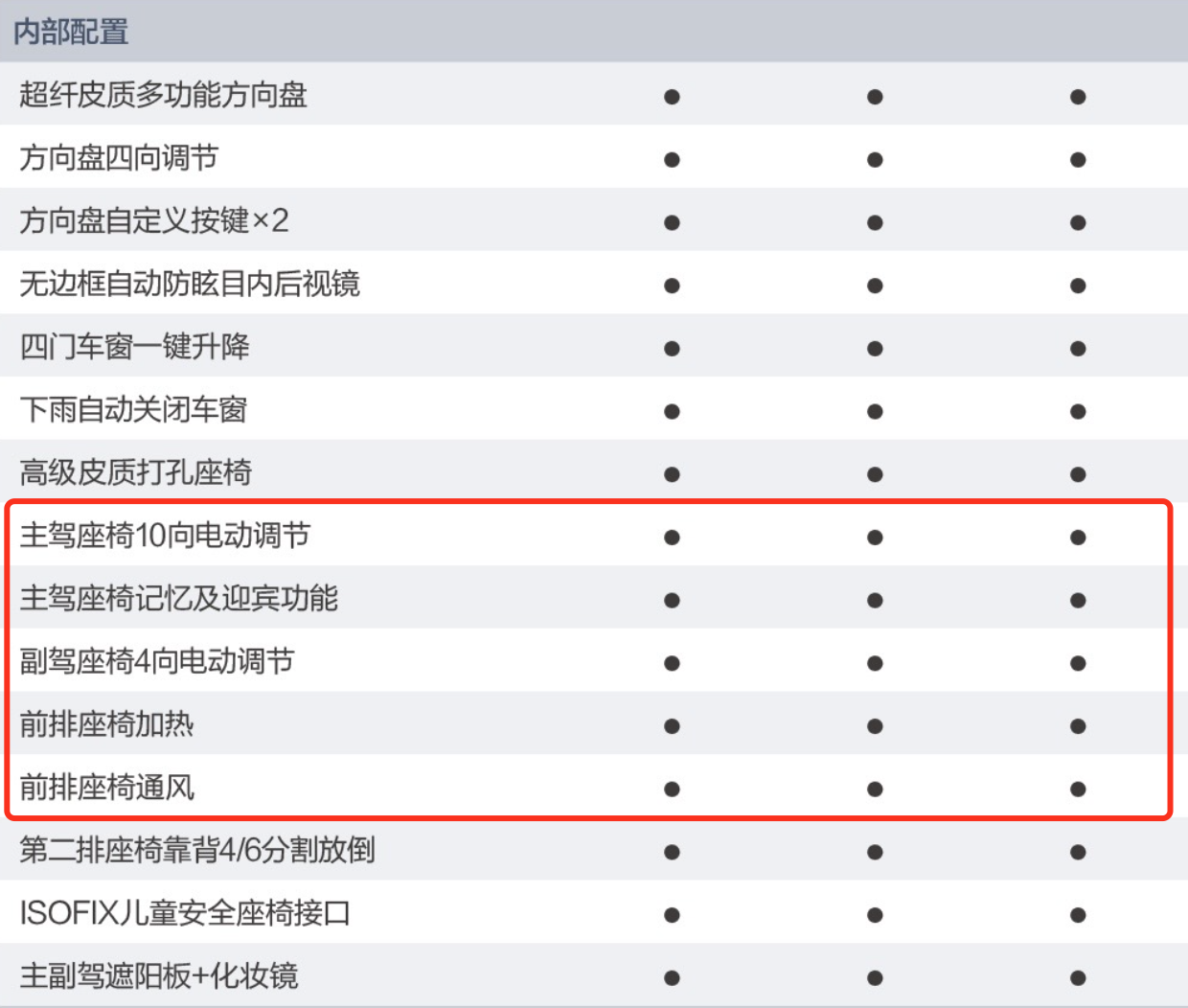
As a traditional automaker, Changan has paid attention to the cockpit which is easy to be overlooked by peers. The whole series is equipped with an 8155 chip, 12 GB of operating memory and 128 GB of storage. Although hardware performance doesn’t equal the car experience, the support from the 8155 to the fluency of the car machine is self-evident.
After looking at the entire configuration table, you can feel that the configuration allocation of the SL03 is quite balanced. All the configurations, such as the chassis, exterior parts, comfort, cockpit, and driving auxiliary configurations, are no lack of any elements, and there is no decoration configuration, such as ambient lights, that are distinguished by the type of the model. The presence of detailed configurations such as DMS driver monitoring and built-in driving recorders has brought me some pleasant surprises.
What’s rare is that there is almost no configuration in the standard items of the SL03 that would make consumers feel they have “wasted money.” The core and pain point configurations of concern to consumers are well taken care of, and a few optional parts are mainly on the branches of user demand, such as high-performance tires, special colors, and advanced intelligent driving.
However, the fact that the extended range version of the car does not come with the Sony 14-speaker sound system as standard makes me feel a bit uneasy. In actual experience, the difference between the two audio configurations is quite obvious, and the headrest speakers provide a great navigation experience when playing music. For those who have some requirements for audio and prefer the extended range version of the car, I highly recommend considering the optional audio system.The bundled price for the audio system and AR-HUD is 6,000 yuan. The only reasonable explanation I can think of for this configuration as an option is to lower the starting price of the extended-range model, which looks quite impressive at 168,900 yuan. After adding the audio system, the actual price of 174,900 yuan is not far from the “180,000 yuan” that was previously leaked. The difference between this price and the pure electric 515 version is only 9,000 yuan.

The other two optional configurations that puzzle me are the front trunk and extended-range fast charging. Although these two configurations are currently offered as limited-time free gifts, in my opinion, they should be standard features for the corresponding models, especially the rarely seen large front trunk of competing products, which should have been a highlight of the Deep Blue SL03. The current practice is a bit of self-defeating, which is a pity.

Similarities and Differences Between Extended-Range and Pure Electric Versions
The Deep Blue SL03 has three power options: extended-range, pure electric, and hydrogen, with the extended-range and pure electric versions mainly targeting the consumer market. In addition to the comfort and convenience configurations mentioned above, there are also some noteworthy differences between the three vehicle configurations in terms of power.
First of all, there are two different models of motor used in the three models: the pure electric long-range model and extended-range model both use a 160 kW permanent magnet motor, while the small-battery version of the pure electric car uses a 190 kW motor, with accelerations of 5.9 seconds, 6.9 seconds, and 7.5 seconds, respectively.

This logic may seem strange, but it is not difficult to understand after some thought. Customers who are willing to buy the long-range model are generally more concerned about “endurance”, and a lower power motor is advantageous for achieving better energy consumption. The small-battery model itself is more conducive to the development of sports direction due to its lighter weight, and the effect of using a larger motor will be more obvious. This is also reflected in the overall energy consumption of the three models.

Next, let’s look at the batteries. The three-element lithium-ion batteries of the two pure electric models have capacities of 58.1 kWh and 79.97 kWh, respectively. In terms of capacity and pure electric endurance, they are basically on par with their competitors, with ranges of over 500 km and 700 km, respectively.Compared to the competition, the 28.39 kWh battery of the extended-range model is a pleasant surprise. Coupled with a power consumption of 13.1 kWh, its CLTC pure electric range can exceed 200 km, which gives it an advantage for users who commute long distances on a daily basis.
One of the keys to achieving a large battery at a low price point is the use of low-cost lithium iron phosphate batteries in the extended-range model, and the high cycle life of lithium iron phosphate batteries also becomes an advantage in plug-in hybrid models, which is reasonable and smart.
Similarly reasonable and smart is the use of a 1.5L naturally aspirated four-cylinder range extender in the SL03 extended-range model, which can add 92 gasoline and has a fuel consumption of 4.5 L/100 km on CLTC charge.
In general, the three versions of the SL03, which are pure electric with range extender, have many user perspectives in terms of configuration, and their prices and configurations are very competitive in horizontal comparison.
Moving beyond the paper parameters, I would like to review with you the key conclusions of the previous test drive.
Product Experience under Data Analysis
Energy Consumption
After the price of the SL03 was announced at the launch event, actual energy consumption became a major concern. Previously, I had tested both the extended-range and 515 pure electric versions, and although the energy consumption was not tested rigorously, the actual data can provide a reference.
The energy consumption of the 515 pure electric version is approximately 14 kWh/100 km on flat ground when the air conditioning and seat ventilation are normal and carrying three people. In one trip of 116 km with four people, including uphill, downhill, highway (driving at 120 km/h), and urban conditions, with an unknown altitude difference, the final average energy consumption displayed was 11.1 kWh/100 km, which is similar to the rear-wheel drive version of the Model 3 in terms of energy consumption performance.
The fuel consumption of the extended-range version while carrying three people on flat ground is less than 6 liters per hundred kilometers, but fuel consumption increases more significantly in uphill driving conditions, reaching close to 8 liters per hundred kilometers.
Power
The 160 kW power of the extended-range version is completely sufficient for the acceleration sensation in actual driving, and the torque reserve of the vehicle is sufficient for low-speed driving, which can provide some mild driving pleasure beyond commuting needs.### English Output
The difference between the 190 kW pure electric version and the 160 kW version is not so significant in low-speed conditions. However, once the speed exceeds 60 km/h and the accelerator is fully pressed, the pure electric version with 190 kW power output will show noticeably more power, providing more confidence in high-speed overtaking and a better driving experience under intense conditions compared to the 160 kW version.
Summary of Disadvantages
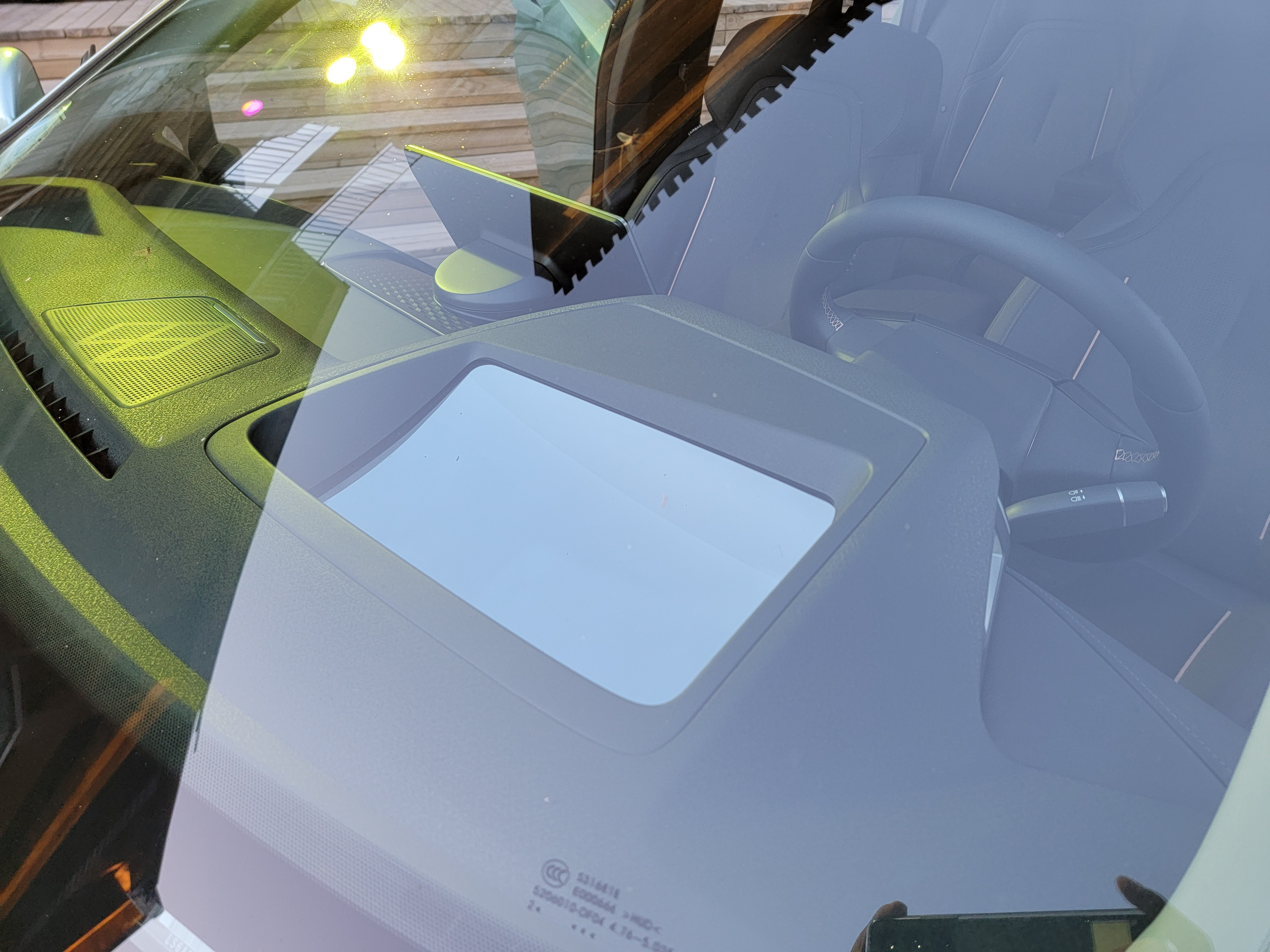
In the test drive of the Deep Blue SL03, some product defects were noted. It is recommended to pay attention to these issues during the actual experience, as some of the problems are still being optimized by the manufacturer and will be improved before delivery.
-
The focus distance of the HUD display is too close, and it needs to be refocused while driving to see the content clearly. In certain lighting situations, the reflection of the HUD on the windshield can also be quite pronounced, but this issue is being optimized.
-
When using the Sport mode, there is a noticeable transition shock in the zero-position power combination of the accelerator pedal, which is being optimized by the manufacturer.
-
The intervention of the regenerative braking system is too short, and there is barely enough electric motor braking power until the last few centimeters of the accelerator. This issue is also being optimized by the manufacturer.
-
The vertical height of the windshield is relatively small, resulting in a narrow upper visual field. Additionally, the forward-facing ADAS camera module in the rearview mirror position is quite large and may obstruct the view of the right front.
-
The downward height of the rear window is average.
-
The central control screen does not have an oil-repellent layer.
-
The in-car infotainment system does not have built-in Netease Cloud Music and QQ Music, but comes with Kugou Music.
-
The content density of the sub-menus of the infotainment system is relatively low, and the layout of the settings under different hierarchical levels is not concentrated enough. The logic of the font colors under different hierarchical levels is also not very clear.
Summary of Advantages

After discussing the disadvantages, let’s summarize the advantages of the Deep Blue SL03.
-
The NVH performance of the range extender system is excellent, and there is very little shaking and noise. The overall performance is similar or even better than the Ideal L9, and the presence of the range extender can only be felt during idle electricity generation or when heavily pressing the accelerator pedal.
-
The NVH performance of the electric motor is very good, and the electric drive system has a dedicated harmonic noise reduction system. There is no obvious high-frequency motor noise when the accelerator is fully pressed down, and there is no pulse jitter when the motor is operating under high loads.
-
The power response delay is relatively low and can provide a sporty car with an agile power feedback.
-
The steering damping and the gain with angle and vehicle dynamics are well integrated, providing good steering feedback at an excellent level among domestic brands.
-
The dynamic performance of the chassis balances sportiness and comfort for commuting scenarios, without being bland or extreme.6) Excellent ergonomics in the front row, and the distance and angle of the central control screen layout are convenient for operation;
7) The car interior uses a lot of soft materials, and the touch of most positions in contact with the body is very comfortable;
8) Sony’s 14-speaker audio system has excellent quality, and the sound field and low frequency performance surpass the price.
Conclusion
In the rapid growth of the domestic new energy market in the past two years, independent brands are the most dazzling force. In addition to the new car companies led by NIO, Ideal, and XPeng, the transformation of traditional independent brands to new energy also has become the current trend.
Seeing BYD, Geely, Great Wall, SAIC, BAIC, Dongfeng, Guangqi and other companies bring out their own new energy products, Changan’s actions in the past two years have been relatively low-key.
However, the saying goes, “it is not a loss if you lose first.” Before the market enters the period of stock stabilization, if the products released in advance are not good enough to open the market, it will not only waste resources but also bring negative reputation to the brand. But this does not mean that the window of opportunity in the market will always exist. After all, the later you enter the market, the greater the resistance to occupying users’ minds, and consumers’ requirements for products and prices will also be higher.
Fortunately, as a newcomer, the Changan Shenlan SL03 is highly competitive in terms of comprehensive product strength and price, and it rarely fills a long-standing gap in our automobile market-a rear-wheel drive B-class sports sedan in the form of new energy. And the fact that its orders exceeded 10,000 in 33 minutes after the press conference is undoubtedly the best reward for Changan.
At the press conference, the official of Changan Shenlan stated that 6 new cars will be launched on the EPA1 platform next, and the appearance patent map of the Shenlan SL03’s SUV sister model has been exposed online. Referring to the industry’s past rules, the price of this car should be about 30,000 yuan more expensive than the sedan with the same configuration. According to the current product attributes and configuration of the SL03, it is likely to become a potential explosive model.
In my opinion, Changan, who arrived late, finally crossed the hill this year, and on this side of the hill is a red sea that is gradually deepening in color. The SL03 will become a distinctive deep blue in this red sea, which will help Changan establish the key reputation of the new energy brand’s first phase, and together with all independent brands, accelerate overtaking joint venture brands.
This article is a translation by ChatGPT of a Chinese report from 42HOW. If you have any questions about it, please email bd@42how.com.
